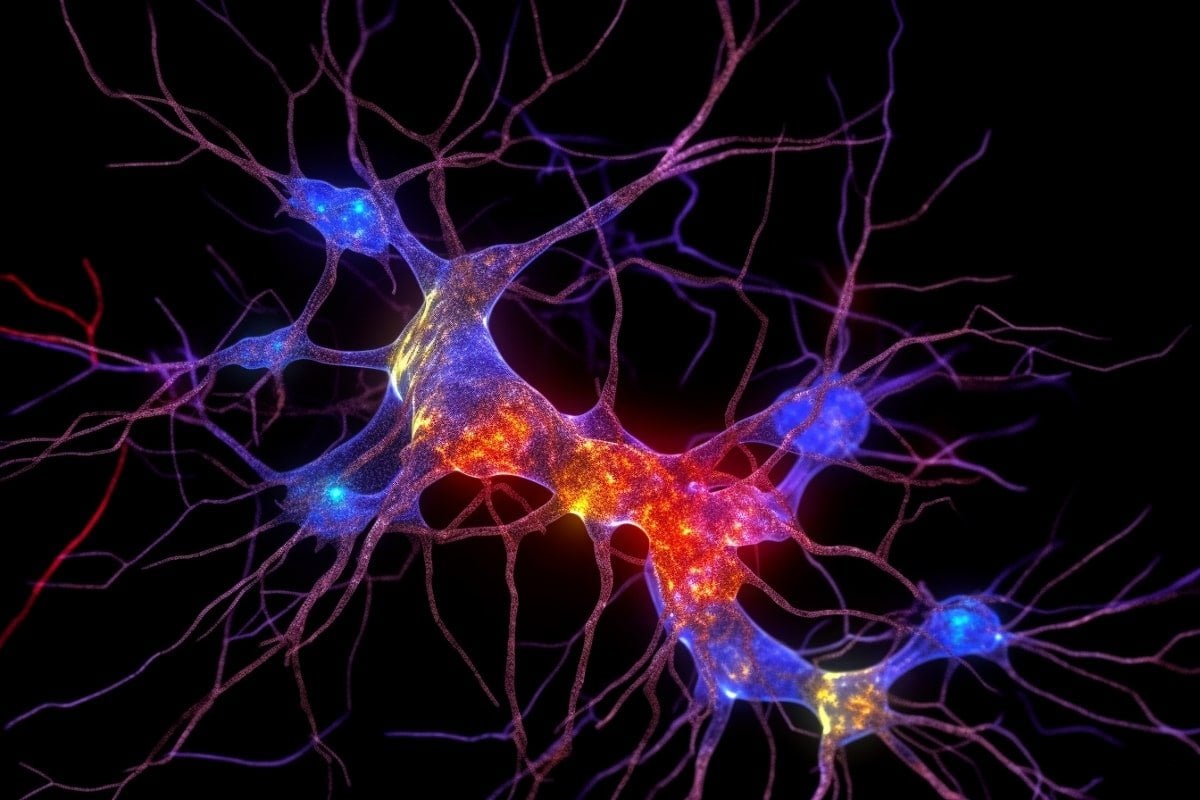Summary: This week, research teams from around the globe shared their remarkable findings from the field of neuroscience.
Discoveries ranged from unraveling how Botox breaches neurons, to a study finding ‘Superagers’ with Alzheimer’s-like pathology but superior cognition.
Additionally, research suggested an unexpected paternal genetic influence in Autism Spectrum Disorder, and shared genetic links between cannabis use and certain psychiatric disorders.
Lastly, a curious link was found between reduced oxygen intake and extended lifespan in mice.
Source: Neuroscience News
Welcome to the recap of Neuroscience News’ top five articles from the past week.
As always, we’ve witnessed some amazing breakthroughs in neuroscience, each offering fresh insights into the workings of our complex brain.
#5 – Study Reveals How Botox Breaches Brain Cells
A new study unravels the mystery of how Botox breaches brain cells.
Scientists discovered that Botox uses a trio of receptors to sneak into neurons’ synaptic vesicles, thereby disrupting nerve-to-muscle communication and leading to paralysis.
Understanding the complete modus operandi of Botox promises to uncover new therapeutic targets to treat botulism.
#4 – Alzheimer’s Pathology Found in Superagers With Superior Cognition
An intriguing new study revealed that ‘superagers’ – people in their 90s possessing superior cognitive skills – exhibit similar levels of brain pathology as Alzheimer’s patients.
Interestingly, these cognitive powerhouses also show fewer pathologies associated with other neurodegenerative diseases.
This discovery opens up avenues to explore the lifestyle and health conditions that may be linked to superior cognition in the elderly.
#3 – Unexpected Genetic Influence of Fathers in Autism
A new study adds a fresh perspective to the genetic origins of Autism Spectrum Disorder (ASD).
The research suggests that siblings with ASD may share more of their father’s genetic contribution than previously believed.
This finding could lead to new diagnostic and treatment strategies, fostering a better understanding of autism.
#2 – Shared Genetics for Cannabis Use and Psychiatric Disorders
Researchers shed light on the shared genetic links between cannabis use and psychiatric disorders such as schizophrenia and bipolar disorder.
Using advanced statistical modeling, scientists have unveiled a complex genetic interplay that can increase or decrease risk factors for these conditions.
This revelation could potentially inform personalized preventive measures and intervention strategies, and pave the way for more tailored treatment plans.
#1 – Reduced Oxygen Intake Linked to Extended Lifespan
A fascinating study demonstrates a link between reduced oxygen intake and extended lifespan in mice.
The research found that mice living in an oxygen-restricted environment lived about 50% longer and exhibited delayed onset of aging-associated neurological deficits.
While the exact mechanism through which oxygen restriction extends lifespan remains elusive, this research heralds exciting prospects in the field of longevity studies.
That wraps up our top five neuroscience stories of the week. Be sure to keep checking Neuroscience News for all the latest updates in neuroscience, AI, and cognitive sciences.
We’re looking forward to bringing you more exciting research breakthroughs in the coming week!
About this neuroscience research news
Author: Neuroscience News Communications
Source: Neuroscience News
Contact: Neuroscience News Communications – Neuroscience News
Image: The image is credited to Neuroscience News








